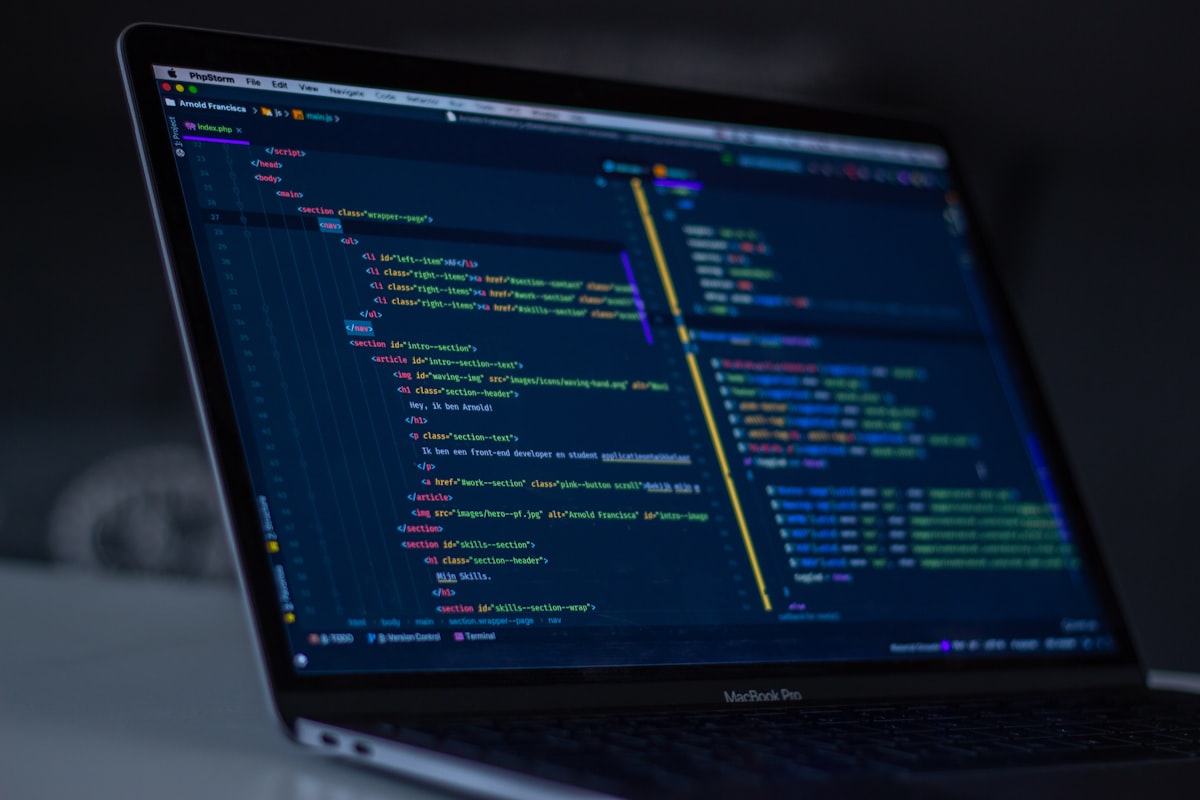
Clean Code Principles Every Developer Should Know
Writing clean code is an art that takes years to master. Here are some fundamental principles that will help you write better code from day one.
1. The KISS Principle
Keep It Simple, Stupid! This timeless principle reminds us that the simplest solution is often the best. Complex code might make you feel clever, but it’s usually a maintenance nightmare.
// Bad: Overcomplicated
const isEven = num => num % 2 === 0 ? true : num % 2 === 1 ? false : undefined;
// Good: Simple and clear
const isEven = num => num % 2 === 0;Why Keep It Simple?
- Easier to understand
- Easier to maintain
- Fewer bugs
- Better performance
- Easier to test
2. DRY (Don’t Repeat Yourself)
Duplicate code is a maintenance headache. When you find yourself copying and pasting code, it’s time to refactor.
// Bad: Code duplication
function validateEmail(email) {
const regex = /^[^\s@]+@[^\s@]+\.[^\s@]+$/;
return regex.test(email);
}
function validateUserEmail(email) {
const regex = /^[^\s@]+@[^\s@]+\.[^\s@]+$/;
return regex.test(email);
}
// Good: Single source of truth
const EMAIL_REGEX = /^[^\s@]+@[^\s@]+\.[^\s@]+$/;
function validateEmail(email) {
return EMAIL_REGEX.test(email);
}Benefits of DRY Code:
- Single source of truth
- Easier maintenance
- Consistent behavior
- Reduced bug surface area
- Better code organization
3. Meaningful Names
Variable and function names should reveal their purpose. Single-letter variables are rarely acceptable outside of loop counters.
// Bad: Unclear naming
const d = new Date();
const n = d.getTime();
// Good: Self-documenting names
const currentDate = new Date();
const timestamp = currentDate.getTime();Naming Guidelines:
- Use intention-revealing names
- Avoid disinformation
- Make meaningful distinctions
- Use pronounceable names
- Use searchable names
4. Single Responsibility Principle
Each function or class should do one thing and do it well. If you’re using “and” to describe what your function does, it’s probably doing too much.
// Bad: Multiple responsibilities
function validateAndSaveUser(userData) {
// Validates user
// Saves to database
// Sends welcome email
// Updates analytics
}
// Good: Single responsibility
function validateUser(userData) { /* ... */ }
function saveUser(validatedData) { /* ... */ }
function sendWelcomeEmail(user) { /* ... */ }
function updateAnalytics(user) { /* ... */ }Signs of Multiple Responsibilities:
- Function name contains “and”
- Function is longer than 20 lines
- Function has multiple levels of abstraction
- Function has many parameters
- Function changes multiple things
5. Write Comments for Why, Not What
Your code should be self-documenting. Use comments to explain why something is done, not what is being done.
// Bad: Commenting the obvious
// Increment i by 1
i++;
// Good: Explaining the why
// Increment the counter to track the number of failed login attempts
failedLoginAttempts++;When to Comment:
- Legal information
- Explanation of intent
- Clarification of complex algorithms
- Warning of consequences
- TODO markers
Conclusion
Clean code isn’t about following rules blindly—it’s about making life easier for yourself and others who will read your code in the future. Remember: code is read far more often than it is written.
“Any fool can write code that a computer can understand. Good programmers write code that humans can understand.” - Martin Fowler
Key Takeaways:
- Simplicity is key
- Avoid duplication
- Name things properly
- Keep responsibilities single
- Comment wisely
This post is part of our clean coding series, helping developers write better, more maintainable code.